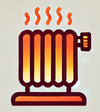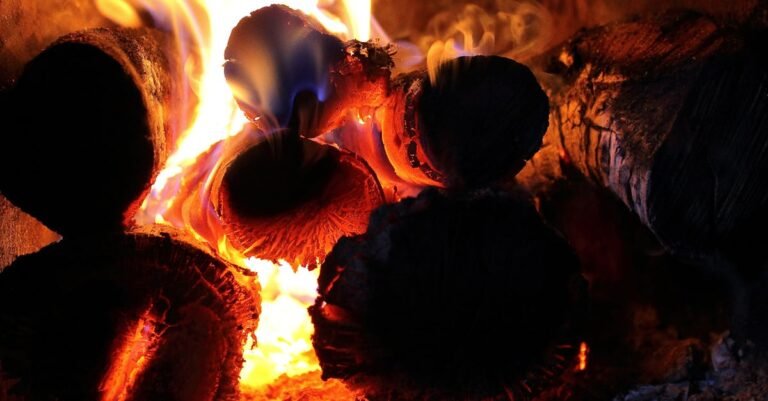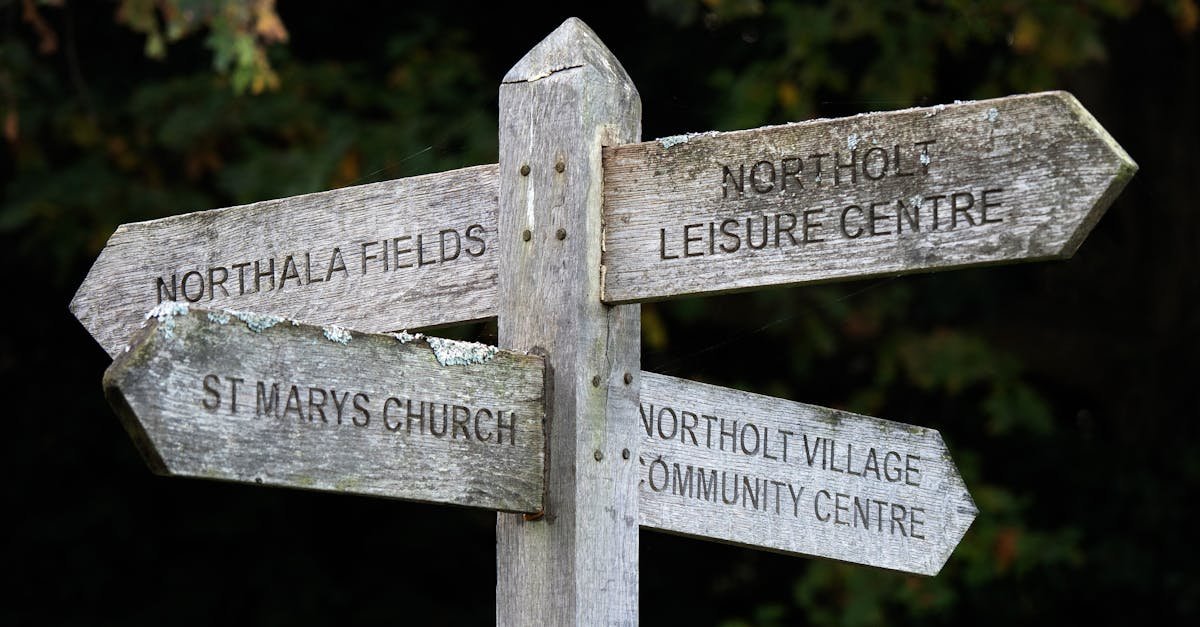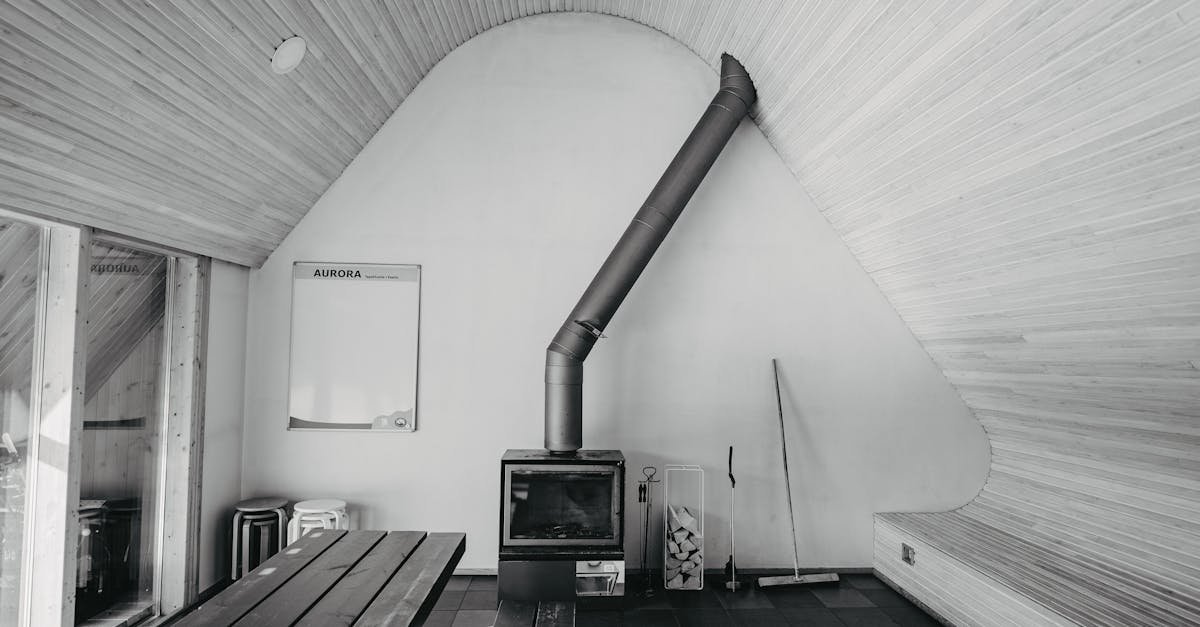Installing a heater might seem daunting, but with the right guidance, you can tackle it confidently. First, gather your tools: a screwdriver, adjustable wrench, and a level. Next, ensure your space is properly prepared by measuring the area and checking for any electrical or gas line issues.
Once you’re ready, follow the manufacturer’s instructions for your specific heater model. This typically involves securing the unit, connecting it to power or gas, and ensuring proper ventilation. By taking these steps, you’ll not only ensure a successful installation but also enhance the safety and efficiency of your heating system.
Heater Installation Guide Overview
Heater installation involves several key steps. Following them carefully ensures safety and efficiency.
Pre-Installation Steps
- Turn Off the Power: Always turn off the power at the breaker or fuse box before starting. This step prevents accidents and injuries.
- Prepare Tools and Materials: Gather essential tools and materials. You’ll need conduit, wiring, fittings, and mounting hardware. For electric garage heaters, 10-gauge stranded wire, a pipe cutter, and fish tape are necessary.
- Run Conduit: Install EMT conduit from the breaker panel to the heater’s location. Choose appropriate fittings for a secure installation.
- Run Wiring: Use proper gauge wire, such as 10-gauge for a 220V circuit. Include a ground wire for safety.
Each step is crucial for a successful heater installation. Following these guidelines leads to a well-functioning and safe heating system.
Types of Heaters
Different types of heaters serve various needs and environments. Knowing the options helps you choose the right one for your space.
Electric Heaters
Electric heaters provide efficient heating. They work by converting electrical energy into heat. You’ll find several types, including space heaters, baseboard heaters, and electric furnaces. Electric heaters are easy to install and require no venting. They are ideal for smaller areas or supplemental heating.
When installing, gather tools like a voltage tester and screws. Ensure the power’s off at the circuit breaker first. This keeps you safe during installation. Level the heater during setup, and install any necessary equipment like thermostats. Follow the manufacturer’s guidelines for optimal performance.
Gas Heaters
Gas heaters use natural gas or propane for heating. These systems often deliver more heat faster compared to electric models. Common types include gas furnaces, wall heaters, and gas fireplaces.
For installation, prepare tools like adjustable wrenches and gas connectors. Turn off the gas supply before starting the installation to prevent leaks. Carefully connect the heater to the gas line, ensuring all joints are secure. Also, install a venting system as gas heaters produce exhaust gases. Proper ventilation is crucial for safety.
Heat Pumps
Heat pumps are versatile and energy-efficient heating systems. They transfer heat from outside to inside during winter and the reverse in summer. This makes them suitable for year-round use. Models include air-source, ground-source, and water-source heat pumps.
Installation requires specific tools like a level and ductwork. Ensure you place the outdoor unit in a suitable location with enough airflow. Connect the indoor and outdoor units per the manufacturer’s instructions. Checking the refrigerant levels post-installation ensures the system operates effectively.
Preparing for Installation
Preparation ensures a smooth and safe heater installation. Focus on the right location, gather necessary tools, and follow safety measures.
Tools and Materials Needed
- Screwdriver: Essential for securing the heater and connecting wires. Choose a flat-head or Phillips-head based on your unit.
- Adjustable Wrench: Useful for tightening gas connections. It accommodates various sizes for different fittings.
- Level: Ensures your heater sits straight. An even installation promotes better functionality.
- Conduit and Wiring: Required for electric heaters. Use 10-gauge stranded wire for safe electrical flow.
- Fish Tape: Helps run wires through walls or conduits. It simplifies the process and reduces damage.
- Pipe Cutter: Needed if you work with pipes. Make clean cuts for a proper fit.
Gather these tools before starting. Confirm you have everything to avoid delays.
- Turn Off Power: Always shut off power at the breaker box before you start. This prevents electrical accidents.
- Check Gas Lines: Ensure gas lines are intact and leak-free. Use soapy water on connections and watch for bubbles.
- Ventilation: Provide proper airflow during installation. This prevents carbon monoxide buildup and protects against fire hazards.
- Use Gloves and Goggles: Protect yourself during the installation. Wear gloves for hand safety and goggles for eye safety.
- Follow Manufacturer’s Instructions: Adhere to the guidelines for your specific heater. This enhances safety and performance.
Following these precautions keeps you safe and ensures a successful installation.
Step-by-Step Heater Installation Process
Installing a heater requires careful planning and execution. Follow these steps to ensure a successful installation.
Assessing the Installation Site
Choose a location that suits your heater type. Keep the installation area clear of clutter. Make sure there’s enough space around the unit for safe heat distribution. Ensure the site allows easy access for maintenance. Check that electrical supply lines reach the heater without strain. Maintain at least 12 inches of clearance in front and 6 inches on the sides and top, especially for baseboard heaters. This keeps the area safe and compliant with fire safety regulations.
Mounting the Heater
Securely mount the heater according to the manufacturer’s instructions. Use a level to ensure the unit sits straight. Follow specific mounting guidelines for your heater type, whether it’s wall-mounted or hanging. For electric garage heaters, attach brackets to sturdy framing or masonry. Make sure it does not interfere with doors, lights, or any other obstructions. Double-check all fastenings to guarantee stability.
Connecting Electrical or Gas Lines
Connect electrical lines or gas lines as specified by the manufacturer. For electric heaters, shut off power at the breaker panel before wiring. Use 10-gauge stranded wire for safe connections. Follow the conduit path you previously established, ensuring all wires are properly insulated. For gas heaters, ensure proper fittings to avoid leaks. Check all connections using a gas leak detector. Safety is paramount in this step; any oversight can lead to dangerous situations.
Testing the Heater
After installation, test the heater to ensure correct operation. For electric heaters, restore power and check the thermostat settings. Listen for any unusual noises and observe if the unit heats up properly. For gas heaters, turn on the gas supply and ignite the pilot light. Monitor the flame color; it should be blue. If it’s yellow or orange, this suggests improper combustion, necessitating a technician’s assessment. Regular testing ensures longevity and reliability for your heating system.
Common Mistakes to Avoid
Avoiding common mistakes during heater installation ensures safety and functionality. Here are critical errors to watch for:
- Incorrect Wiring: Ensure your wiring matches the heater’s voltage and amperage. For instance, a 240-volt heater needs a double-pole breaker, while a 120-volt heater requires a single-pole breaker.
- Insufficient Clearance: Keep items away from the heater. Maintain clearances of 12 inches in front and 6 inches on the sides and above for baseboard heaters. Fan heaters need 3 feet in front and 6 inches on the sides and above.
- Grounding Issues: Ground the heater correctly. Connect the bare copper or ground wire to the ground screw to prevent electrical shocks. Proper grounding is essential for safety.
Pay attention to these details during installation. They’re crucial for a safe and efficient heating system.
Conclusion
Successfully installing a heater requires careful planning and attention to detail. By following the steps outlined in this guide you can ensure a safe and efficient setup. Remember to gather the right tools and double-check your measurements before diving in.
Safety should always be your top priority so don’t skip any precautions. After installation take the time to test your heater thoroughly to confirm it’s working as intended.
With the right approach you’ll enjoy a comfortable and warm environment for years to come. Make informed choices about the type of heater that best suits your needs and follow best practices for a hassle-free installation experience.








